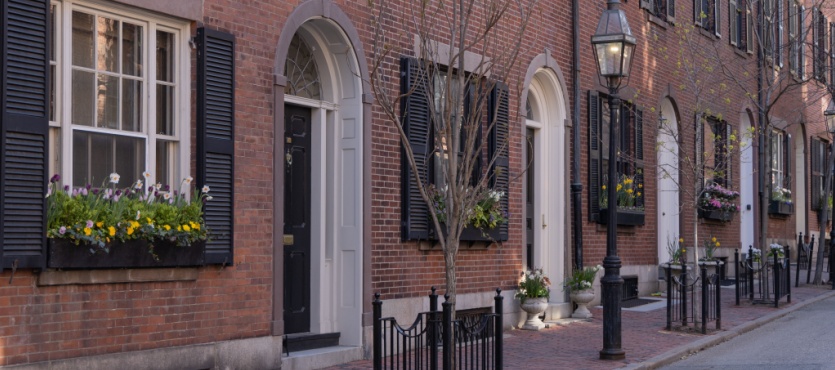Historic brick buildings are invaluable treasures that embody the architectural heritage and cultural history of a region. Preserving these structures requires careful attention to detail and specialized restoration techniques to maintain their original charm while ensuring they meet modern safety and structural standards. There are various restoration techniques for historic brick buildings, but it is important to use professional services to preserve these architectural gems.
Understanding the Importance of Restoration
Restoration of historic brick buildings goes beyond mere repairs; it’s about preserving the cultural significance and architectural integrity of these structures. Proper restoration can maintain historical value, ensure structural integrity, and enhance longevity. By maintaining original features and materials, restoration helps retain the historical and aesthetic value of the building while addressing structural issues to keep the building safe and stable.
Key Restoration Techniques
Historical Research and Documentation: Before any restoration work begins, thorough research and documentation are essential. Understanding the building’s history, original construction methods, and previous repairs helps in planning an appropriate restoration strategy. This step involves studying old photographs, blueprints, and historical records to understand the building’s original appearance and construction techniques. Documenting the current condition of the building with detailed photographs and notes on areas requiring repair or restoration is crucial for a successful project.
Cleaning and Removing Stains: Over time, historic brick buildings can accumulate dirt, grime, and biological growths that detract from their appearance. Cleaning must be done gently to avoid damaging the bricks. Techniques such as using mild detergents and water to clean the bricks without causing erosion or discoloration, low-pressure steam cleaning to remove grime and biological growths like algae and moss, and applying poultice to draw out deep-seated stains without damaging the brick surface are effective methods for restoring the original look of the bricks.
Tuckpointing: Tuckpointing is a vital restoration technique for historic brick buildings. It involves removing deteriorated mortar and replacing it with new mortar that matches the original in composition and color. This process restores the appearance of the brickwork and reinforces its structural integrity. Testing the original mortar to replicate its composition accurately, using hand tools to remove the damaged mortar without harming the bricks, and carefully applying new mortar to match the original appearance are critical steps in tuckpointing.
Brick Replacement and Repair: Sometimes, individual bricks may be too damaged to repair and need to be replaced. It’s crucial to use bricks that match the original ones in size, color, and texture. Salvaging bricks from other parts of the building or from salvage yards to match the original bricks, or creating new bricks to replicate the original ones when suitable reclaimed bricks are not available, ensures that the new bricks blend seamlessly with the existing brickwork.
Consolidation and Strengthening: In some cases, the brickwork may need additional support to ensure its longevity. This can be done through various consolidation techniques such as using lime-based grouts to fill voids and stabilize the brickwork without altering its appearance, installing hidden reinforcement like stainless steel bars to provide additional structural support, and applying breathable sealants to protect the brick surface from moisture while allowing it to breathe.
Addressing Moisture Issues: Moisture is a common problem in historic buildings, leading to the deterioration of bricks and mortar. Effective moisture management includes improving drainage around the building to prevent water accumulation, applying breathable waterproof coatings to the exterior to protect against moisture infiltration, and enhancing ventilation within the building to reduce humidity levels and prevent mold growth.
Preserving Historic Charm with Modern Techniques
Restoring historic brick buildings requires a blend of traditional craftsmanship and modern techniques. Each project is unique, demanding a tailored approach to preserve the structure’s historical and architectural integrity. By investing in professional restoration services, you ensure that your historic property remains a testament to its era while meeting contemporary safety and durability standards.
For expert assistance with restoring and maintaining historic brick buildings, contact Turnbull Masonry. Their team of experienced professionals can help preserve the beauty and integrity of your historic property, ensuring it stands strong for generations to come.
your historic property, ensuring it stands strong for generations to come.

